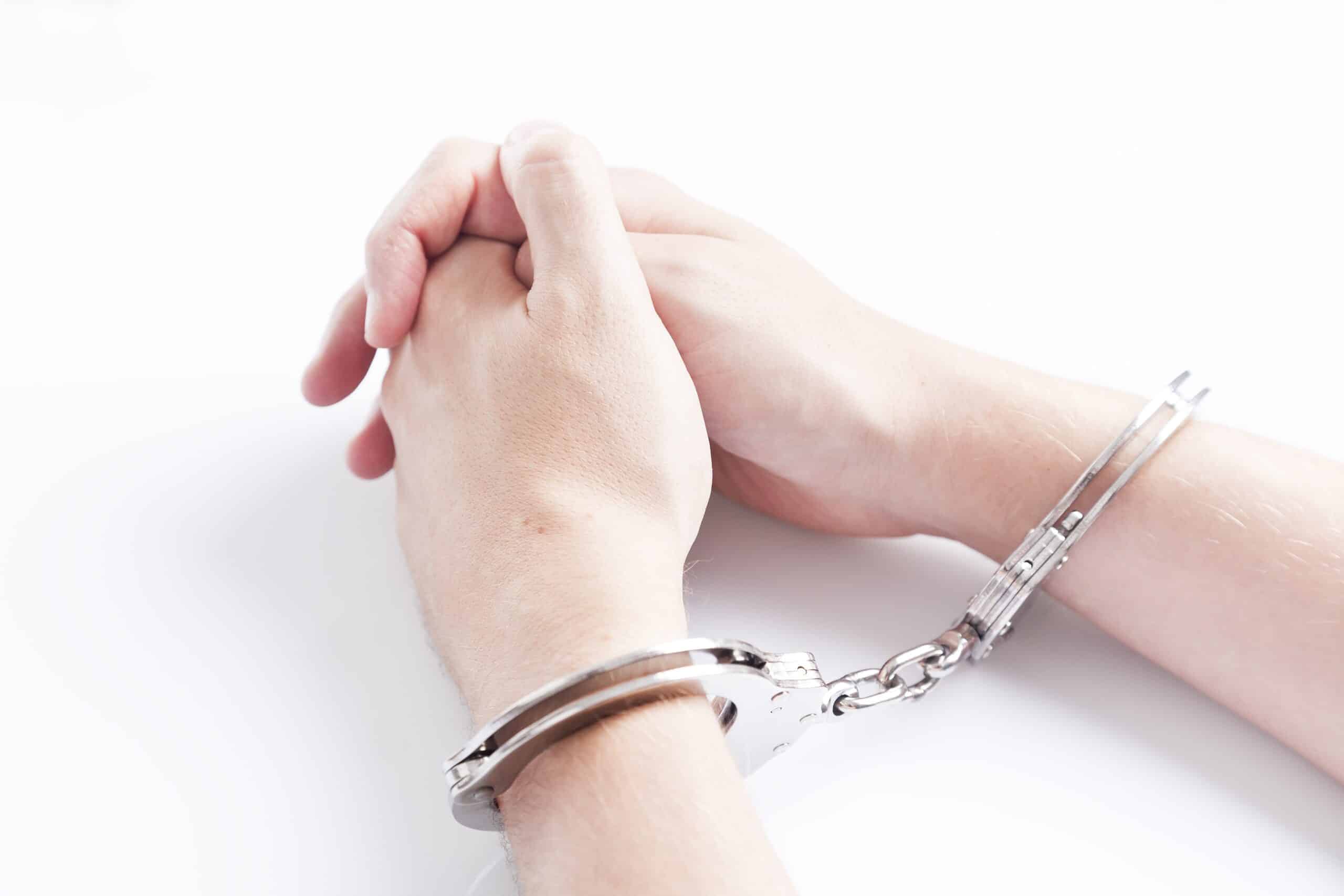Share This Article
This is our second article on the topic of complicity in a crime focusing on the attribution of criminal liability of guilt as an accessory to a crime. To recap, our first article focused on joint criminal enterprise as a form of complicity in a crime. Our next third article focuses on constructive murder in a joint criminal enterprise.
Under the laws of accessorial criminal responsibility of guilt, guilt will be attributed to not just the person who physically commits the crime (referred to as the principal offender), but it also attributes in a derivative way to those who were accessories to that crime. This is one of the main differences to that of joint criminal enterprise.
Our brightest and best criminal lawyers Sydney team unravel and attempt to simplify this complicated area of criminal law for you.
Differences Between Joint Criminal Enterprise and Accessorial Liability
While joint criminal enterprise criminal responsibility of guilt is attributed primarily (directly). Accessory liability is not direct, instead it is derivative, which means that if the person who physically committed the crime is not guilty, then the person alleged to be an accessory will not be guilty also. This does not require the person who physically committed the crime to be convicted of it.
Another difference between joint criminal enterprise and accessorial liability is that to be guilty of an accessory to a crime, there is no requirement that there be an agreement to commit that crime between the parties. Only joint criminal enterprise requires that there be an agreement to commit a crime between the parties.
A further distinction between the two types of complicity in a crime is that an admission made by one party to a crime is not admissible against another party for accessories to a crime. However, an admission made by a party to a joint criminal enterprise is admissible in evidence against other parties to that enterprise. This is one of the main reasons why a prosecution may want to prosecute a person based on joint criminal enterprise as it makes it easier to prove guilt.
What is an Accessory to a Crime?
Accessory to a crime can be broken down into the following types of accessories:
- Accessory before the fact
- Accessory at the fact
- Accessory after the fact
Accessory before the fact is if you are not present at the crime, but you have aided, abetted, counselled or procured the crime beforehand.
Accessory at the fact is if you are present at the crime, and you aided, abetted, counselled or procured the crime at the time of the crime.
An accessory before the fact or at the fact will also attribute criminal responsibility of guilty of the same crime committed by the person who physically committed the crime.
What is Aiding, Abetting, Counselling or Procuring?
To aid, abet, counsel or procure are phrases alternative to each other, each used to express the concept of conduct that brings about or makes more likely the commission of an offence. This meaning has been expressed in the case of R v Giorgianni (1985).
An ‘aider or abettor’ does not need to be present at the crime in order to be guilty of the crime. This term has historically been used to refer to conduct of a principal in the second degree or one who is present at the crime committed physically by someone else (the principal offender).
‘Counsel’ or ‘procure’ has historically been used to describe conduct of an accessory before the fact or who is absent at the time of the crime.
How An Accessory to a Crime Can be Found Guilty in a Criminal Trial
An accessory before the fact will be equally guilty of the crime committed physically by another person if:
- The crime is committed by the principal offender (the person who physically committed it), and
- The accused intentionally encouraged or assisted the principal offender commit the crime, by words or conduct did something to bring about, or render more likely, the commission of the offence, and
- The crime committed by the principal offender was the crime the accused intended to be committed by the principal offender, and
- The accused was aware of the essential elements that makes the crime that the principal offender would commit, at the time of encouraging or assisting), and
- The accused failed to do anything to withdraw his/her encouragement or assistance, failed to communicate that withdrawal to the principal offender, or failed to do everything reasonably possible to prevent the crime.
An accessory at the fact as an aider and abettor occurs if there’s proof of the crime by the principal offender, presence of the accused at the crime (although an aider or abettor does not necessarily have to be present at the scene of the crime), the accused was aware of the essential elements that make up the crime by the principal offender, and with that knowledge, the accused intended to assist or encourage if required, or intentionally assisted or encouraged the principal offender to commit the crime.
Accessory after the fact is often referred to as a distinct offence from that committed by the person who physically committed the crime. It is if you provided assistance to either the person who physically committed the crime or someone who aided or abetted the crime, knowing or believing the crime has been committed by him/her, and providing assistance in the way alleged with the intention of assisting those offender(s) to escape arrest, trial or punishment for the crime.
The penalty for being an accessory after the fact to a crime that carries a maximum penalty of at least five years imprisonment is 5-years imprisonment regardless of what the maximum penalty is for the crime committed by an accessory before the fact or at the fact (or the crime committed by the person who physically committed it). This is found in sections 350 Crimes Act 1900 (NSW).









